Displaying 21 - 30 of 63
Topic
Identifying key biodiversity areas is crucial to understanding how endangered species populations react to changes in climate and urbanization. The project focuses on the fluctuations...
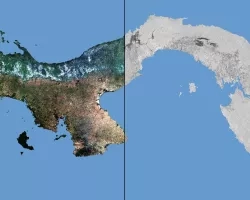
Topic
The country of Panama is surrounded in part by two oceans and has mountain ranges along the west and east, resulting in a wide range...
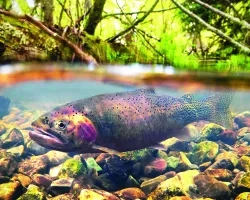
Topic
Aquatic invasive species (AIS) presence in freshwater ecosystems has increased over the past several years as a result of climate change and anthropogenic landscape change...

Topic
As Earth’s oceans undergo dramatic changes, the spatial distributions of highly migratory species and fishing fleets are shifting in response to climate-driven changes, and there...
Topic
Increasing temperatures, as well as more severe and frequent droughts and fires, has led to recruitment failure in semi-arid forests in the western US. The...
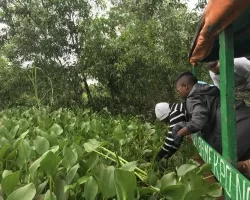
Topic
Local companies and scientists in Benin are increasing their use of earth science information to manage forests and water resources. The invasive water hyacinth plant...
Topic
Gold mining is a central component of Ghana’s economy. An increased amount of illegal artisanal mining in recent years has led to accelerated deforestation, destruction...

Hawai‘i Island Disasters (Fall 2021) Team: Garren Kalter (Project Lead), Rose Eichelmann, Sanketa Kadam, Erin Azuma, and Anna Mikkelsen Summary: As the County of Hawai‘i...
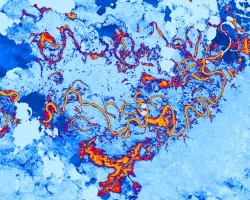
Central America Disasters (Fall 2021) Team: Caroline Williams (Project Lead), Lauren Carey, Maria De Los Santos, Deanna Fanelli, and Payton Ireland Summary: In November 2020...
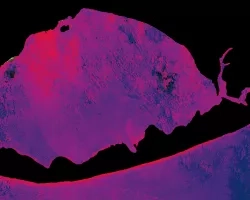
St. Joseph Peninsula Disasters (Fall 2021) Team: Erica Kriner (Project Lead), Paige Aldenberg, James Byrne, Brianne Kendall, and Nicholas Roberge Summary: T.H. Stone Memorial St...